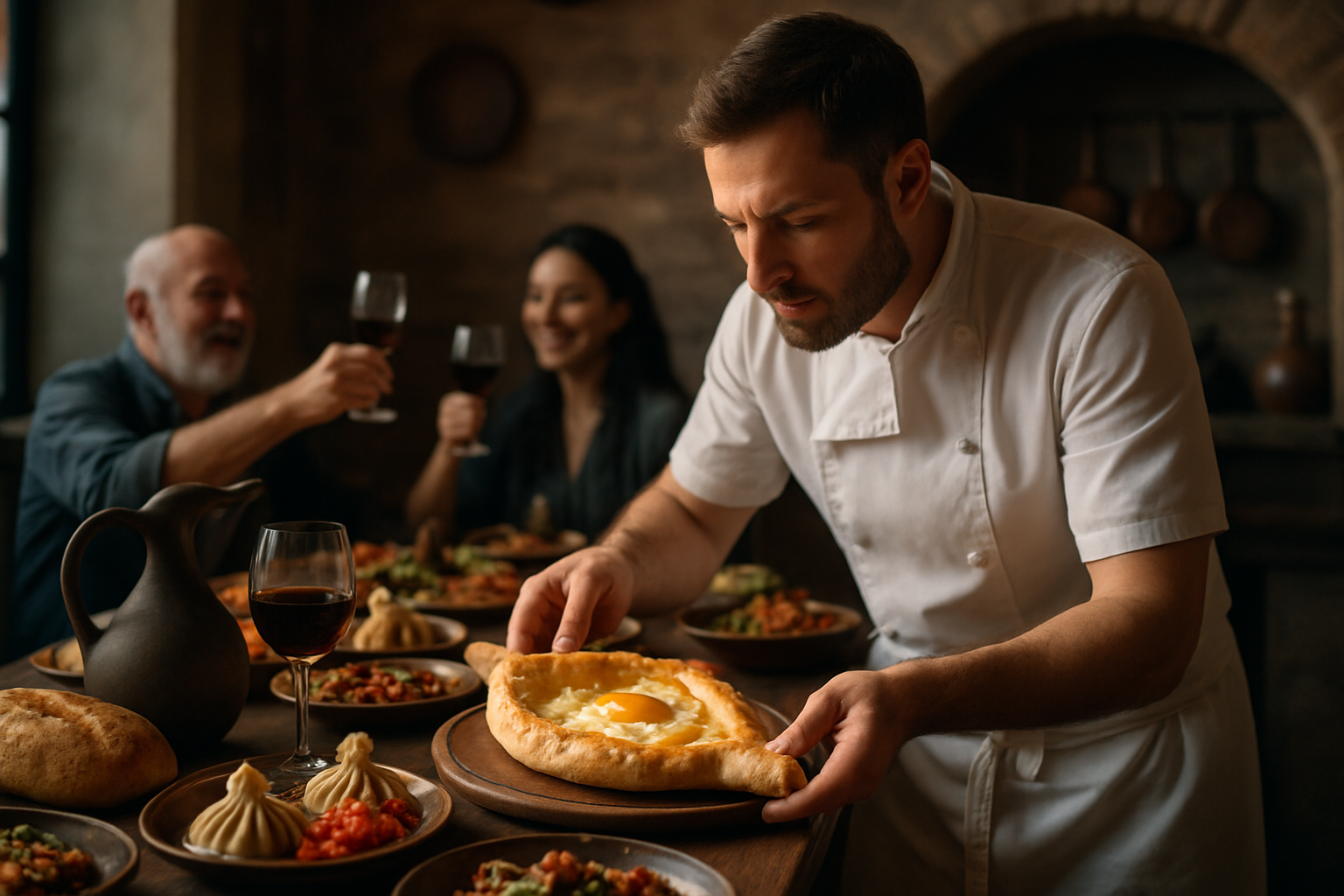Exploring the World Through Culinary Time Travel
Embark on a gastronomic journey that transcends both space and time. Culinary time travel is an emerging trend that allows adventurers to experience history through their taste buds, offering a unique perspective on cultures, traditions, and the evolution of global cuisines. This immersive approach to travel combines the thrill of exploration with the comfort of a familiar human experience: sharing a meal.

The idea stems from the understanding that food is a powerful connector to the past. By experiencing meals as they were prepared and enjoyed in different eras, travelers gain insights into the daily lives, social structures, and cultural values of past societies. This form of experiential tourism appeals to history buffs, foodies, and cultural enthusiasts alike, offering a multisensory exploration of the past.
Historical Gastronomy: A Window to the Past
Historical gastronomy forms the backbone of culinary time travel. This interdisciplinary field combines culinary arts, history, archaeology, and anthropology to recreate and understand the foods of the past. Culinary historians and chefs collaborate to decipher ancient recipes, adapt historical cooking techniques, and source ingredients that would have been available during specific periods.
These efforts result in dining experiences that transport guests to different eras. For example, travelers can feast on a medieval banquet in a castle, complete with period-appropriate table settings, music, and costumes. Such immersive experiences not only satisfy the palate but also educate diners about the customs, etiquette, and social dynamics of the time.
Destinations Embracing Culinary Time Travel
Several destinations around the world have recognized the appeal of culinary time travel and are developing experiences to cater to this niche. In Rome, restaurants offer meals based on recipes from ancient Roman cookbooks, allowing visitors to dine like emperors. In the UK, historic properties host Victorian-themed dinners, complete with multi-course menus and period-appropriate entertainment.
Japan’s Edo Wonderland, a historical theme park, offers visitors the chance to sample dishes from the Edo period (1603-1867) while surrounded by actors in traditional costumes. In Colonial Williamsburg, USA, travelers can participate in 18th-century cooking workshops and dine in taverns serving historically accurate meals.
These destinations are just the tip of the iceberg, as more places recognize the potential of culinary time travel to attract visitors and provide unique, memorable experiences.
The Role of Technology in Enhancing Culinary Time Travel
While the core of culinary time travel relies on historical research and traditional cooking methods, modern technology is enhancing the experience in innovative ways. Augmented reality (AR) and virtual reality (VR) are being used to create immersive dining environments, allowing guests to visually step back in time while enjoying their meals.
Some restaurants are experimenting with multisensory technologies to recreate historical atmospheres. This might include ambient sounds, scents, and even temperature adjustments to mimic the conditions of a particular era. These technological additions help to create a more complete and authentic experience for culinary time travelers.
Challenges and Considerations
Despite its appeal, culinary time travel presents several challenges. Sourcing historically accurate ingredients can be difficult, especially for ancient or extinct varieties. Additionally, modern food safety regulations may conflict with historical preparation methods, requiring creative solutions to maintain authenticity while ensuring guest safety.
There’s also the question of balancing historical accuracy with modern palates and dietary requirements. Culinary time travel experiences must strike a delicate balance between authenticity and palatability, often requiring subtle adaptations to make historical dishes appealing to contemporary diners.
Embark on Your Own Culinary Time Travel Adventure
-
Research destinations known for their historical gastronomy offerings
-
Look for immersive dining experiences that include period-appropriate settings and entertainment
-
Attend culinary history workshops or cooking classes focused on historical recipes
-
Visit local markets and try to source ingredients that were common in past eras
-
Read historical cookbooks to gain insights into the culinary practices of different time periods
Culinary time travel offers a fresh perspective on both gastronomy and historical tourism. By engaging all the senses and focusing on the universal experience of sharing a meal, this trend provides a uniquely immersive way to connect with the past. As more destinations and culinary professionals embrace this concept, travelers can look forward to an ever-expanding menu of historical dining adventures, allowing them to literally taste their way through time.





